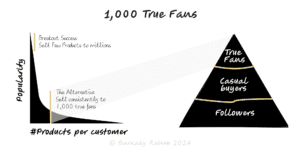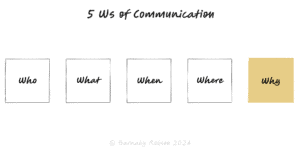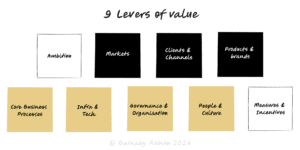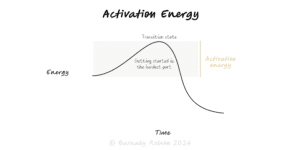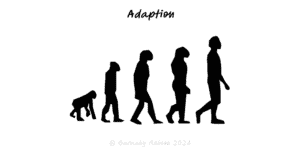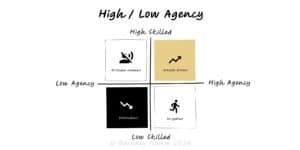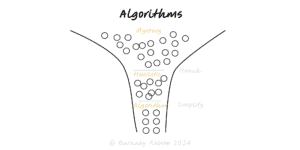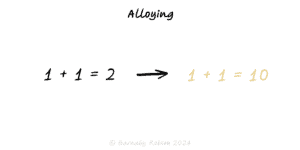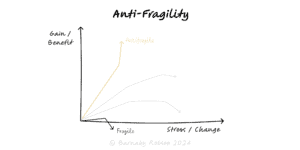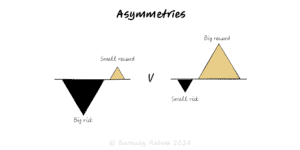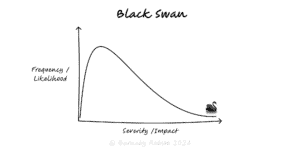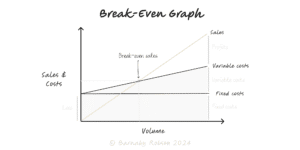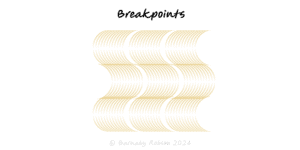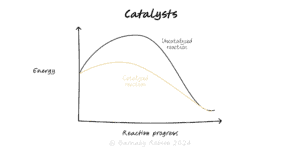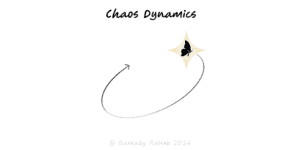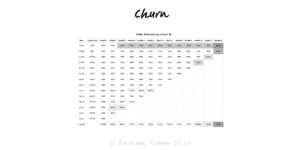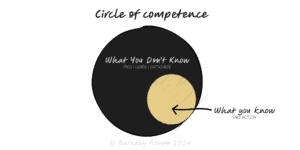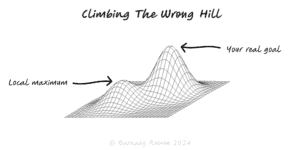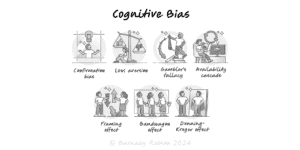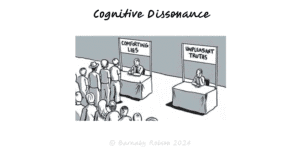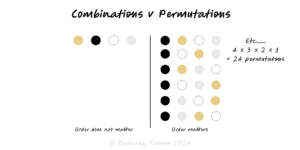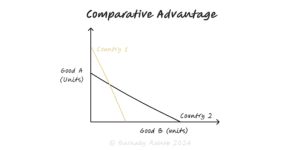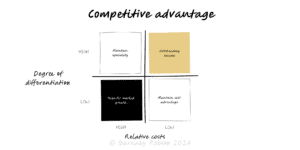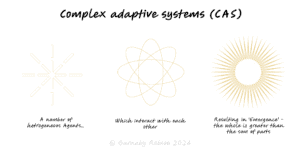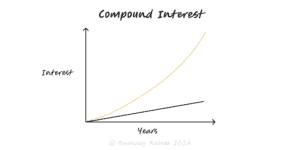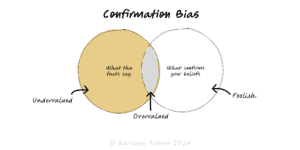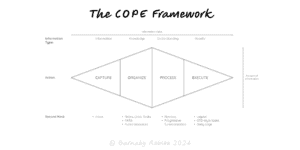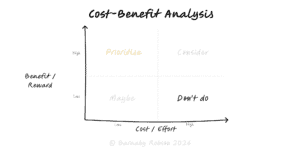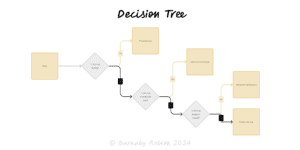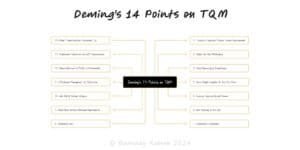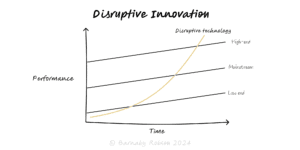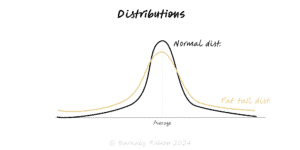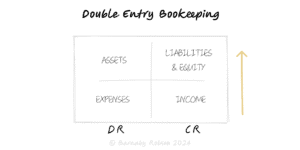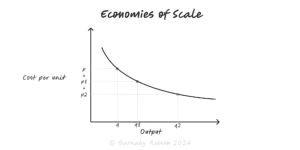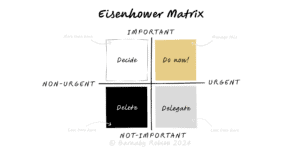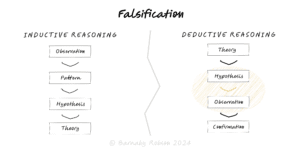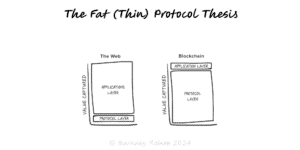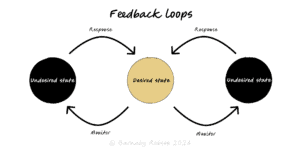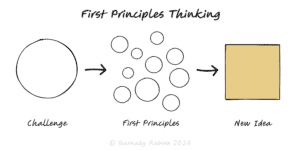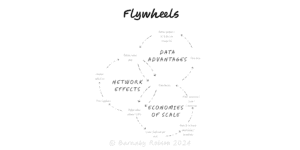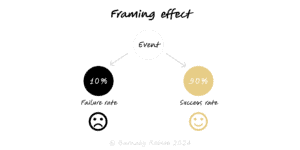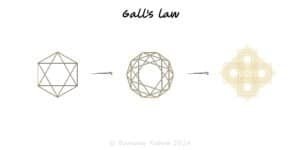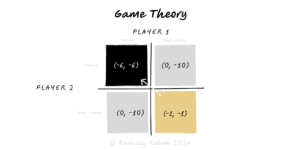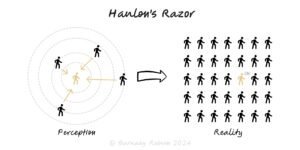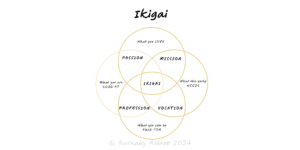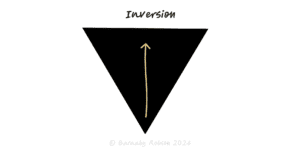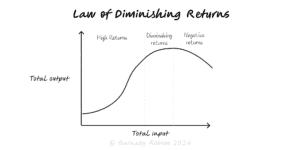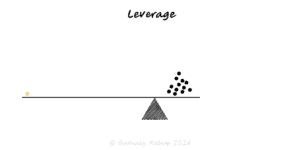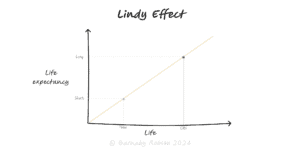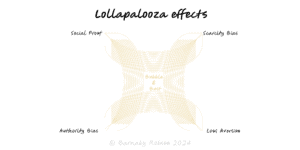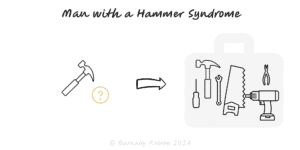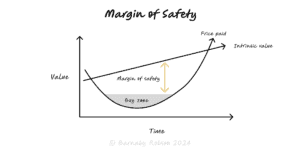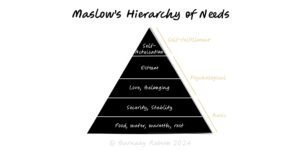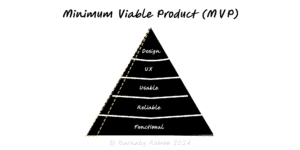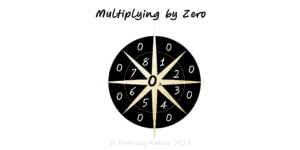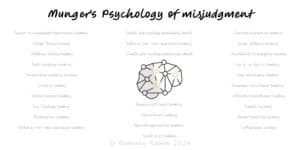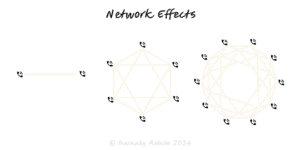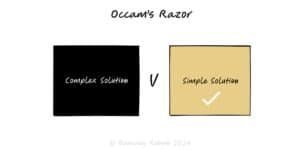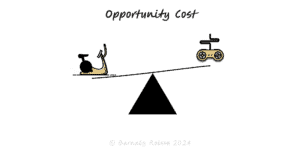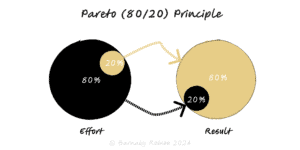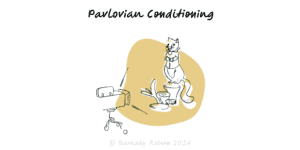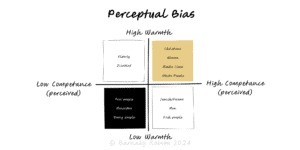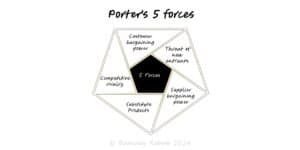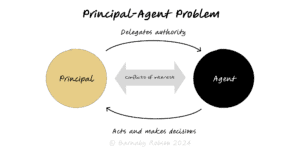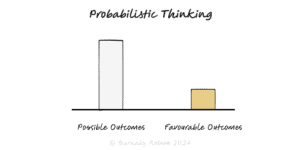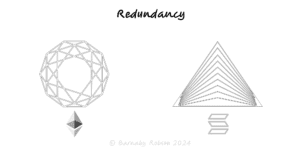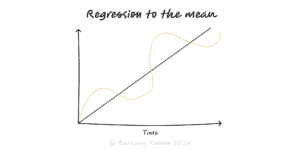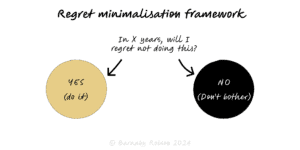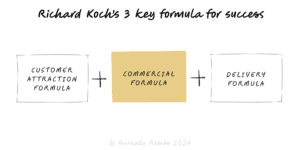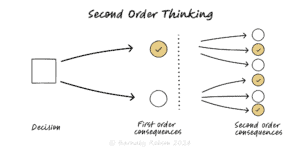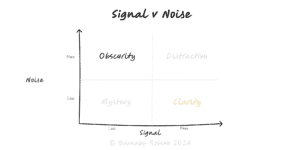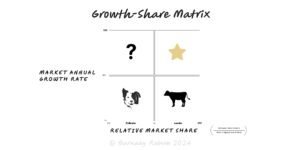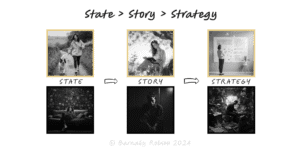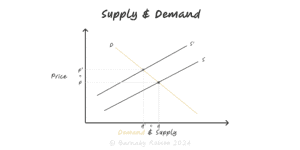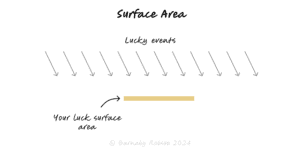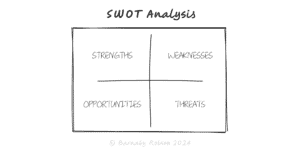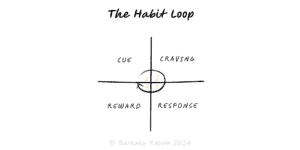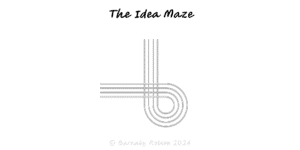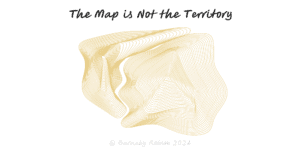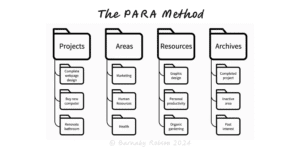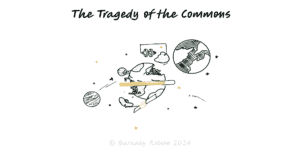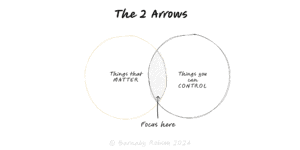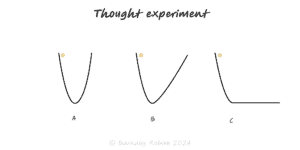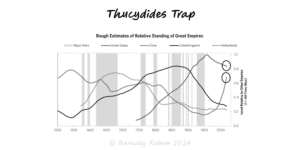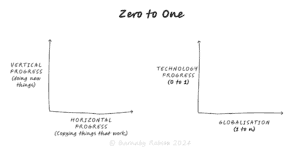Mental Models
This page was inspired by Charlie Munger’s idea that good judgement comes from a latticework of mental models drawn from many disciplines.
I’ve organised the models into nine practical buckets – so you can quickly find the right tool for your situation.
Filters
Search
Mental Models This page was inspired by Charlie Munger’s idea that good judgement comes from a latticework of mental models drawn from many disciplines. I’ve organised the models into nine practical buckets – so you can quickly find the right tool for your situation. Filters Search Filter Sort
Filter
Sort

-
Communication & Influence, Strategy & CompetitionKevin Kelly’s rule of thumb for creators and niche businesses: a direct base of ~1,000 true fans can sustain a venture if ARPU and retention are healthy.
-
Analysis & Framing, Communication & InfluenceA compact briefing frame that forces concretes: Who, What, When, Where, Why (and How). Use it to make messages decision-ready and prevent gaps that derail execution.
-
Markets & Finance, Operations & Quality, Strategy & CompetitionA KPMG framework that links what to aim for (financial ambition), where to play (business model), and how to win (operating model) across nine levers.
-
Behaviour & Cognitive Bias, Leadership & MotivationBorrowed from chemistry and habit design: reduce the upfront effort to make the desired action easier than the default.
-
Analysis & Framing, Innovation & DesignImprove fit to a changing environment by shortening feedback loops, trying small bets, and keeping options open.
-
Behaviour & Cognitive Bias, Decision & Risk, Leadership & MotivationA practical lens for how people approach problems: low-agency waits for circumstances; high-agency creates options and moves first.
-
Analysis & Framing, Innovation & DesignMove work from mystery to heuristic to algorithm – start with a hunch, then simplify until the decision is repeatable and automatable.
-
Innovation & Design, Strategy & CompetitionCombine complementary capabilities or assets so the composite is stronger than the parts—materials science as a strategy metaphor.
-
Decision & Risk, Operations & QualityDesign systems that gain from volatility and shocks, not just survive them.
-
Decision & Risk, Strategy & CompetitionExploit one‑sided payoffs or costs (eg, convex bets, reputation effects) where small inputs can create outsized gains.
-
Decision & Risk, Markets & FinanceNassim Taleb’s term for rare, high‑impact, retrospectively ‘obvious’ events.
-
Innovation & Design, Operations & QualityFlow moves at the pace of its constraint—improve the bottleneck to improve the whole.
-
Markets & Finance, Operations & QualityVisualises the volume at which revenue equals total cost; clarifies pricing, fixed vs variable costs, and margin of safety.
-
Analysis & Framing, Decision & RiskThresholds where behaviour shifts non‑linearly—small pushes create big changes once the system crosses a point.
-
Analysis & Framing, Strategy & CompetitionTriggers that accelerate a reaction or strategy without being consumed—partnerships, regulation, or technology shocks.
-
Analysis & Framing, Decision & RiskSensitivity to initial conditions and non‑linear feedbacks can make long‑range prediction impossible; manage by bounds, not points.
-
Markets & Finance, Operations & QualityThe rate customers leave.
-
Analysis & Framing, Leadership & MotivationOperate where you truly understand cause and effect; stay inside the circle, expand it deliberately, and partner outside it.
-
Analysis & Framing, Innovation & DesignGreedy improvements can trap you on a nearby peak; sometimes you must go down or sideways to reach a higher hill.
-
Behaviour & Cognitive Bias, Communication & InfluenceSystematic shortcuts in thinking that create predictable errors. Know the patterns; design decisions and communication to counter their effects.
-
Behaviour & Cognitive BiasFestinger’s insight: when beliefs and actions clash, we rationalise.
-
Analysis & Framing, Innovation & DesignOrder matters → permutations. Order doesn’t → combinations. Adjust for with/without replacement.
-
Markets & Finance, Strategy & CompetitionSpecialise in what you produce at lower opportunity cost and trade the rest.
-
Markets & Finance, Strategy & CompetitionA durable edge that lets you create more value or deliver it at lower cost than rivals — and keep it via isolating mechanisms.
-
Analysis & Framing, Innovation & DesignMany interacting agents following simple rules create emergent behaviour.
-
Decision & Risk, Markets & FinanceCompound Interest is a practical lens to frame decisions and reduce error.
-
Behaviour & Cognitive Bias, Communication & InfluenceConfirmation Bias is a practical lens to frame decisions and reduce error.
-
Innovation & Design, Operations & QualityCreate once, publish everywhere by structuring content and separating it from presentation so one source feeds many channels.
-
Decision & Risk, Markets & FinancePlot initiatives by benefit vs cost to spot quick wins, staged bets and time-sinks.
-
Analysis & Framing, Decision & RiskA visual of sequential decisions with probabilities and payoffs; fold back to compute expected value.
-
Operations & QualityA management system for building quality into work by reducing variation, improving processes, and aligning everyone to long-term purpose.
-
Innovation & Design, Strategy & CompetitionEntrants start with cheaper, simpler offers for over-served or non-consumers, then move upmarket while incumbents ignore them.
-
Analysis & Framing, Decision & Risk, Markets & FinanceOutcomes don’t all follow the normal curve. Know the shape and tails of your data and choose metrics, forecasts and safeguards to match.
-
Markets & FinanceEvery transaction records equal debits and credits; ensures the books balance and errors surface.
-
Markets & Finance, Operations & QualityProduce more to lower average cost by spreading fixed costs, improving specialisation and buying better—until coordination costs bite.
-
Decision & Risk, Leadership & MotivationPrioritise by importance, not urgency: Do, Schedule, Delegate, or Eliminate.
-
Analysis & Framing, Decision & RiskPopper’s rule: scientific theories must be testable and killable by evidence.
-
Analysis & Framing, Markets & Finance, Strategy & CompetitionIn blockchains, value tends to concentrate at the shared protocol layer rather than the application layer, though modular stacks and wallets can shift where value accrues.
-
Analysis & Framing, Operations & QualityReinforcing and balancing loops drive growth and stability (Meadows).
-
Analysis & Framing, Innovation & DesignReduce a problem to its fundamental truths, then reason up from there—ignoring defaults, habits and analogy.
-
Analysis & Framing, Operations & Quality, Strategy & CompetitionCompounding loops that accelerate with momentum; popularised by Jim Collins.
-
Behaviour & Cognitive Bias, Communication & InfluenceChoices shift with wording. The same facts, framed differently, lead to different decisions.
-
Decision & Risk, Innovation & DesignComplex systems that work evolve from simple systems that worked. Start small, get it working, then scale.
-
Decision & Risk, Strategy & CompetitionModel strategic situations where outcomes depend on your choice and others’ choices—then design moves or rules to shift the equilibrium.
-
Behaviour & Cognitive Bias, Communication & Influence, Decision & RiskDon’t attribute to malice what can be explained by error, ignorance or misaligned incentives.
-
Behaviour & Cognitive Bias, Leadership & MotivationA practical way to align what you love, what you’re good at, what the world needs, and what pays—while honouring small, everyday sources of meaning.
-
Analysis & Framing, Decision & Risk, Leadership & MotivationThink backwards: define failure and remove its causes; ask the inverse question to see blind spots.
-
Analysis & Framing, Operations & QualityEach extra unit adds less benefit beyond a point; invest until marginal benefit ≈ marginal cost.
-
Decision & Risk, Markets & Finance, Operations & Quality, Strategy & CompetitionUse small inputs to create large outputs by applying amplifiers — capital, code, media, process, partnerships. Leverage magnifies both gains and losses.
-
Analysis & Framing, Decision & Risk, Innovation & DesignFor non-perishable things (ideas, books, protocols), the older it is, the longer it’s likely to last.
-
Behaviour & Cognitive BiasMunger’s term for multiple biases/incentives acting together to produce extreme outcomes.
-
Analysis & Framing, Behaviour & Cognitive BiasOver‑applying a favourite tool (“to a man with a hammer, everything looks like a nail”).
-
Decision & Risk, Markets & Finance, Operations & QualityDeliberately leave room for error—buy below value, build above load, plan beyond the optimistic case—so mistakes and volatility don’t cause ruin.
-
Behaviour & Cognitive Bias, Communication & InfluenceA motivation heuristic: people prioritise unmet lower-order needs before higher ones. Use it to diagnose constraints and design incentives.
-
Innovation & Design, Strategy & CompetitionBuild the smallest thing that tests the riskiest assumption with real users, measure what matters, and decide to pivot, persist, or kill.
-
Analysis & Framing, Decision & RiskA single failure mode can zero the outcome (eg, safety, compliance).
-
Behaviour & Cognitive BiasMunger’s catalogue of 25 psychological tendencies that systematically distort judgement — and how to guard against them.
-
Innovation & Design, Markets & Finance, Strategy & CompetitionA product becomes more valuable as more participants join and interact. Design for liquidity and quality, not just user count.
-
When multiple explanations fit the evidence, prefer the one with the fewest necessary assumptions.
-
Analysis & Framing, Decision & RiskThe real cost of any choice is the next-best alternative you give up.
-
Analysis & Framing, Operations & Quality, Strategy & CompetitionA minority of inputs often drives a majority of outcomes. Find the vital few, focus there first.
-
Behaviour & Cognitive Bias, Leadership & MotivationA neutral cue paired with a meaningful event can come to trigger the response on its own.
-
Behaviour & Cognitive Bias, Communication & InfluenceWhen perception systematically deviates—illusions, context effects—so the same data looks different.
-
Strategy & CompetitionA framework to assess industry structure and profit pools by evaluating five competitive forces and their drivers.
-
Behaviour & Cognitive Bias, Decision & RiskWhen decision rights are delegated, agents optimise their own payoff under information asymmetry. Without smart contracts and governance, effort, risk and horizon drift away from the principal’s goals.
-
Analysis & Framing, Decision & Risk, Strategy & CompetitionReason in degrees of belief, not certainties: use base rates, ranges, and expected value—then update as evidence arrives.
-
Decision & Risk, Operations & QualityAdd independent alternatives so one failure doesn’t stop the outcome; test failover so the backup isn’t imaginary.
-
Analysis & Framing, Decision & RiskExtreme results are usually followed by more typical ones—even without any real change.
-
Analysis & Framing, Decision & RiskProject yourself to the decision horizon and choose the option that you will regret least. Weight omissions heavily, and treat reversibility as a key lever.
-
Strategy & CompetitionKoch argues that breakout ventures operationalise three repeatable formulas: a Customer Attraction engine, a Delivery machine, and a Commercial formula that locks in fat margins. (He also describes a fourth, Innovation, as an optional accelerator.)  
-
Analysis & FramingConsider the long-term and indirect consequences of decisions, rather than just the immediate or obvious ones.
-
Analysis & Framing, Decision & RiskDistinguish meaningful information from random fluctuation. Set thresholds and smoothing to avoid reacting to noise, and act only when movements clear expected variability.
-
Markets & Finance, Strategy & CompetitionRichard Koch’s rule to back category leaders in high‑growth niches; leadership + growth compounding.
-
Behaviour & Cognitive Bias, Communication & Influence, Leadership & MotivationAlign your state, story and strategy; order matters.
-
Strategy & CompetitionPrices and quantities are set by the interaction of willingness to buy and willingness to sell. Shifts in either curve change the equilibrium; elasticities determine how much price vs volume moves.
-
Strategy & CompetitionIncrease where good things can happen; shrink where bad things can strike.
-
Analysis & Framing, Strategy & CompetitionMap internal factors (Strengths, Weaknesses) and external factors (Opportunities, Threats), then convert the grid into a short list of strategic moves.
-
In blockchains, value tends to concentrate at the shared protocol layer rather than the application layer, though modular stacks and wallets can shift where value accrues.
-
Strategy & CompetitionA portfolio tool from BCG that maps units by relative share and market growth to guide investment, harvest and exit decisions.
-
Behaviour & Cognitive Bias, Leadership & MotivationHabits run on a loop: cue → craving → response → reward. Make good loops easy and satisfying; break bad ones by keeping the cue and reward but changing the routine.
-
Analysis & Framing, Innovation & Design, Strategy & CompetitionBefore building, map the space: the key forks, dead ends and dependencies—so you can choose a promising path and run smarter tests.
-
Analysis & Framing, Decision & RiskAll models are simplifications. Don’t confuse the representation (map, metric, plan, narrative) with the thing itself—and update the map when facts change.
-
Operations & QualityOrganise everything into four buckets—Projects, Areas, Resources, Archives—so what you need is one click from action.
-
Analysis & Framing, Markets & Finance, Strategy & CompetitionOpen-access resources are overused because users don’t bear full costs.
-
Decision & Risk, Leadership & MotivationFocus where importance intersects with control. Act directly on what matters and you can change; influence or ignore the rest.
-
Analysis & Framing, Decision & RiskUse a carefully imagined scenario to test an idea’s logic, expose assumptions, and predict consequences—before you spend time or money.
-
Decision & Risk, Strategy & CompetitionWhen a rising power threatens to displace a ruling power, fear and miscalculation can tip competition into conflict unless incentives and guardrails are redesigned.
-
Innovation & Design, Strategy & CompetitionAim for vertical progress—create something truly new (0 → 1), not just more of the same (1 → n). Win by building a monopoly on a focused niche and compounding from there.
